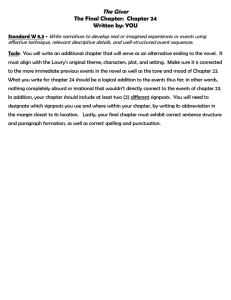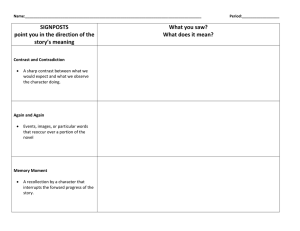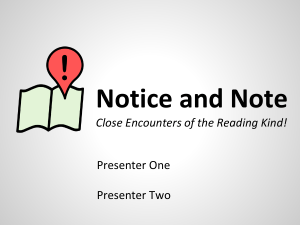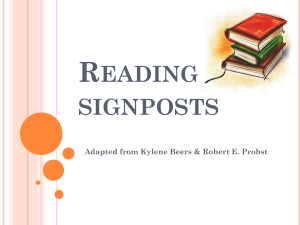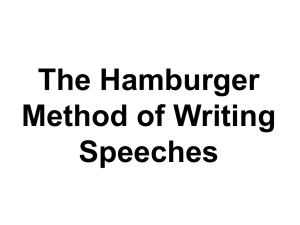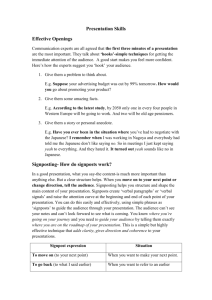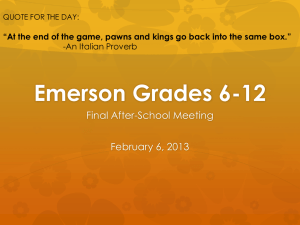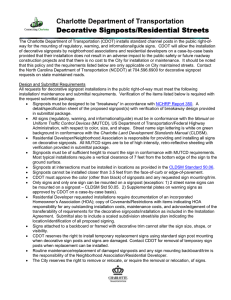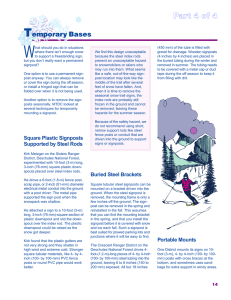Assignment - UMS-Wright Preparatory School
advertisement
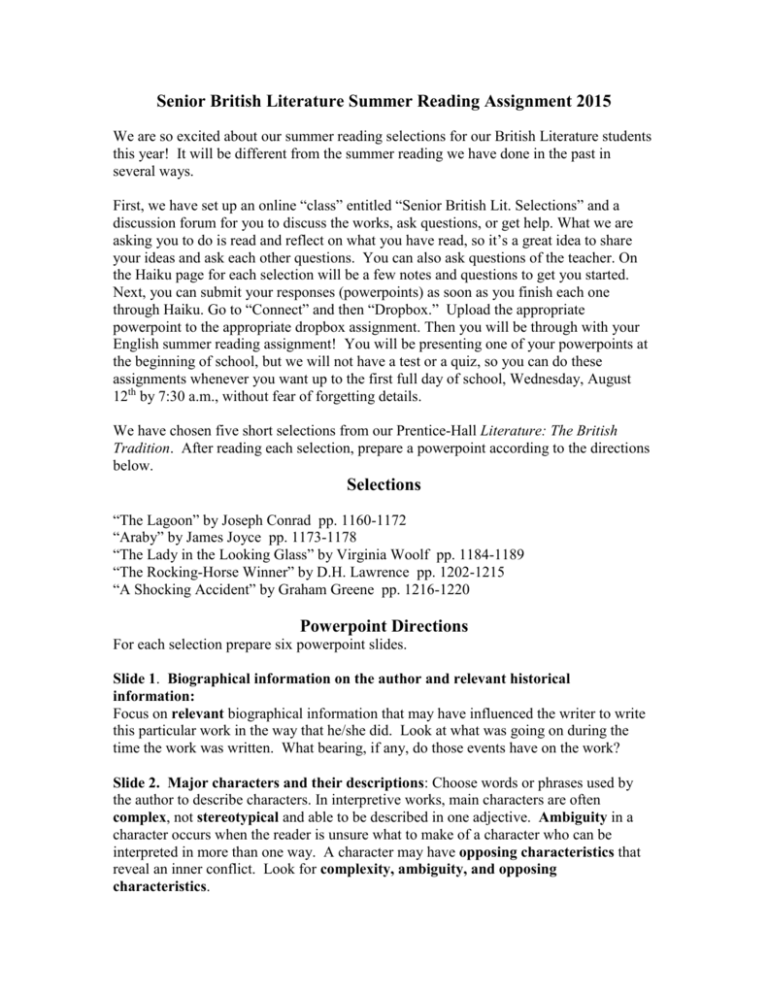
Senior British Literature Summer Reading Assignment 2015 We are so excited about our summer reading selections for our British Literature students this year! It will be different from the summer reading we have done in the past in several ways. First, we have set up an online “class” entitled “Senior British Lit. Selections” and a discussion forum for you to discuss the works, ask questions, or get help. What we are asking you to do is read and reflect on what you have read, so it’s a great idea to share your ideas and ask each other questions. You can also ask questions of the teacher. On the Haiku page for each selection will be a few notes and questions to get you started. Next, you can submit your responses (powerpoints) as soon as you finish each one through Haiku. Go to “Connect” and then “Dropbox.” Upload the appropriate powerpoint to the appropriate dropbox assignment. Then you will be through with your English summer reading assignment! You will be presenting one of your powerpoints at the beginning of school, but we will not have a test or a quiz, so you can do these assignments whenever you want up to the first full day of school, Wednesday, August 12th by 7:30 a.m., without fear of forgetting details. We have chosen five short selections from our Prentice-Hall Literature: The British Tradition. After reading each selection, prepare a powerpoint according to the directions below. Selections “The Lagoon” by Joseph Conrad pp. 1160-1172 “Araby” by James Joyce pp. 1173-1178 “The Lady in the Looking Glass” by Virginia Woolf pp. 1184-1189 “The Rocking-Horse Winner” by D.H. Lawrence pp. 1202-1215 “A Shocking Accident” by Graham Greene pp. 1216-1220 Powerpoint Directions For each selection prepare six powerpoint slides. Slide 1. Biographical information on the author and relevant historical information: Focus on relevant biographical information that may have influenced the writer to write this particular work in the way that he/she did. Look at what was going on during the time the work was written. What bearing, if any, do those events have on the work? Slide 2. Major characters and their descriptions: Choose words or phrases used by the author to describe characters. In interpretive works, main characters are often complex, not stereotypical and able to be described in one adjective. Ambiguity in a character occurs when the reader is unsure what to make of a character who can be interpreted in more than one way. A character may have opposing characteristics that reveal an inner conflict. Look for complexity, ambiguity, and opposing characteristics. Slide 3. Settings: Quote the words of the author to describe the setting(s). Reflect on how the description of the setting does more than merely present the time and place of the action. Often the description of setting describes important aspects of one or more of the characters. Also, in describing settings, the author will sometimes be giving the reader a clear indication of his central ideas and the conflicts he or she is presenting. Slide 4. Identify Signposts: A work’s signposts tell us what to pay attention to, where to direct ourselves in our journey through its pages. Signposts can take the form of key words, key images, key sentences or passages that make us sit up and pay attention. Signposts often resemble, contrast, and argue with one another. Signposts are not merely useful; they are vital and can only be discovered if you read slowly and carefully, or reread in that manner. Think of the scaffold in The Scarlet Letter and how it ties at least three central incidents in the novel together. Holden’s use of the word “phony” in The Catcher in the Rye or Holden’s hunting hat both seem to mean more than is obvious when we first meet these details in the novel. They are signposts to help the reader get at what Salinger is trying to say. Find some of the signposts you recognize in each selection and discuss why you think they are important. Slide 5. Notice Beginnings and Endings: Think about these key parts of the work whose full meaning is not apparent until the reader is finished and has reflected on the entire work. It is insufficient to describe how the opening introduces us to setting, characters, etc., or how the ending brings the work to a conclusion. All openings open as all closings close. Look at the details and discuss why the writer chose those particular details for this work. These scenes provide the backbone of an author’s structure and almost always bear a relationship to one another. Slide 6. Explore Different Paths: So often we read a work as if it were predestined to end as it does or for the events to unfold as they do, yet writers usually revise works many times before we ever see them, and things could have been different in an earlier version. At one time, all sorts of possibilities were on the table. It is worthwhile to consider other options the author had at his or her disposal in order to gain insight into the choices the writer did make. What if one of the characters were not in the work or was a different sort of person? What if one crucial event had not occurred or had occurred differently? How would the work be different? How would the work be different with another beginning or ending? Think through at least two different paths here, but keep the sensibility of the author in mind and his or her basic thought or theme. Lennie and George would probably not have become millionaire ranchers in Steinbeck’s Of Mice and Men, so we can’t just change up an ending to one we might find more comforting. So there is your summer reading assignment! Don’t forget that you can ask each other questions and your teacher questions all along the way! Have a great summer!
